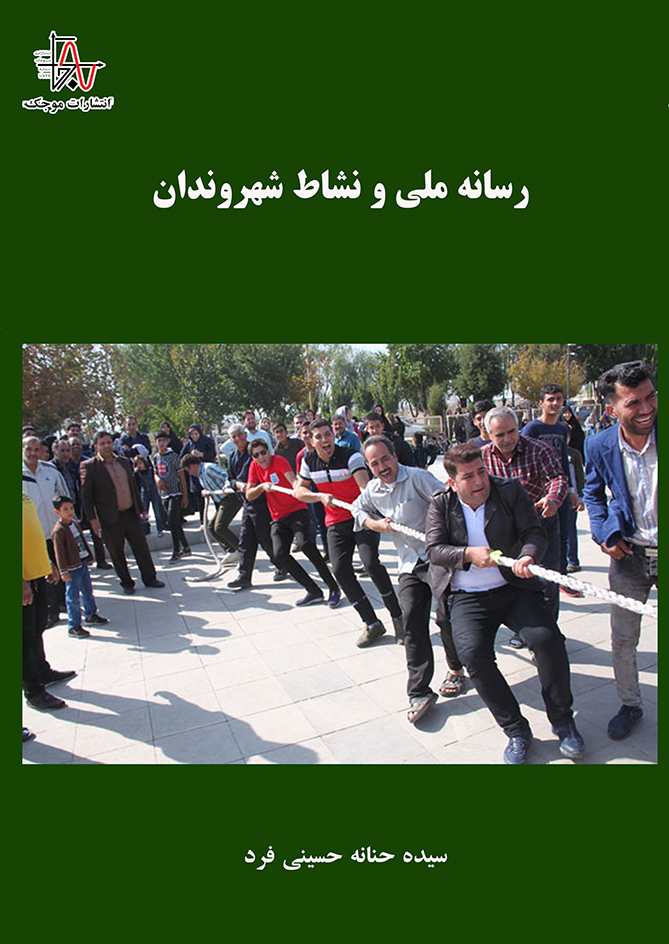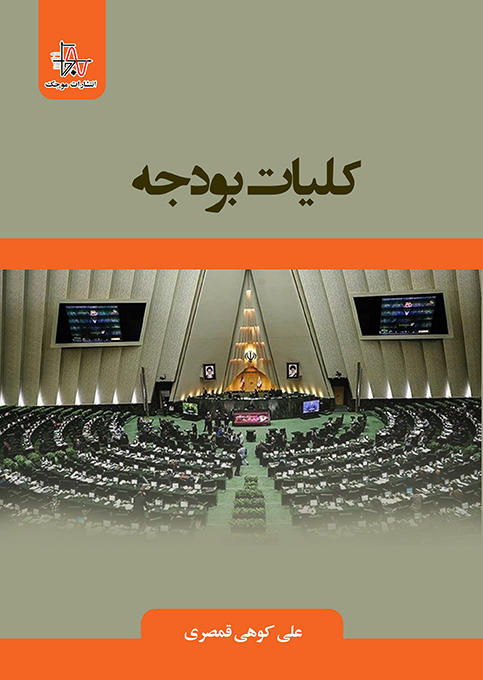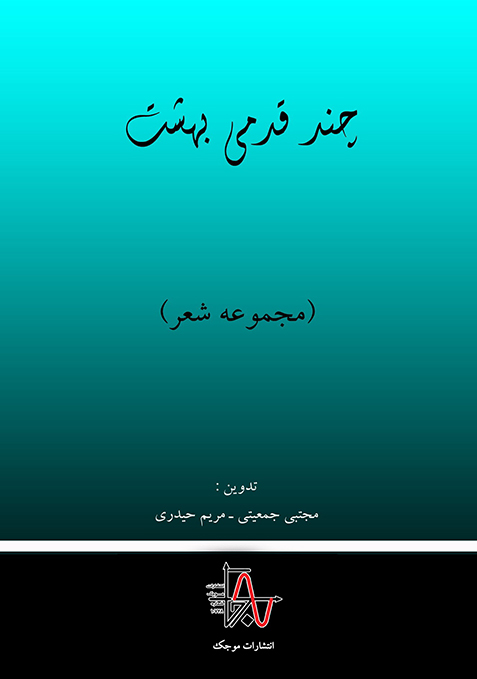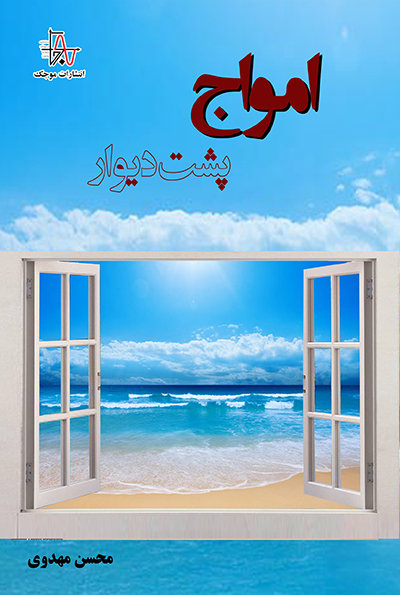ناشر : انتشارات موجک
کد کتاب : M651
عنوان : رسانه ملی و نشاط شهروندان
تاليف : سیده حنانه حسینی فرد
مشخصات ظاهری : ۱۸۵ صفحه، قطع وزيری
چاپ اول : بهار ۱۴۰۰، تيراژ : ۵۰۰ جلد
قيمت : ۲۷۳۰۰۰۰ ريال، شابک : ۴-۳۲۳-۹۹۴-۶۰۰-۹۷۸
حقوق چاپ و نشر برای ناشر محفوظ است.
————————————————————————————————————————————————————————————————————————–
Publisher: Mojak Publication
Book Code: M651
Title: National media and the vitality of citizens
Author: Seyedeh Hananeh Hosseini Fard
Appearance specifications: 185 pages, ministerial cut
First edition: Spring 1400, Circulation: 500 volumes
Price: 2730000 Rials, ISBN: 4-323-994-600-978
Publisher reserves the right to publish.






نقد و بررسیها
هیچ دیدگاهی برای این محصول نوشته نشده است.